- Home
- Enhance Control
- Purtec
A new era of cybernetic purification
Purtec — a West Coast IoT startup — created an automated air purification system to sanitize commercial and personal spaces. Truefit helped bring this era of touchless purification to a wider market, allowing control of a multi-device network from the convenience and safety of a mobile device.
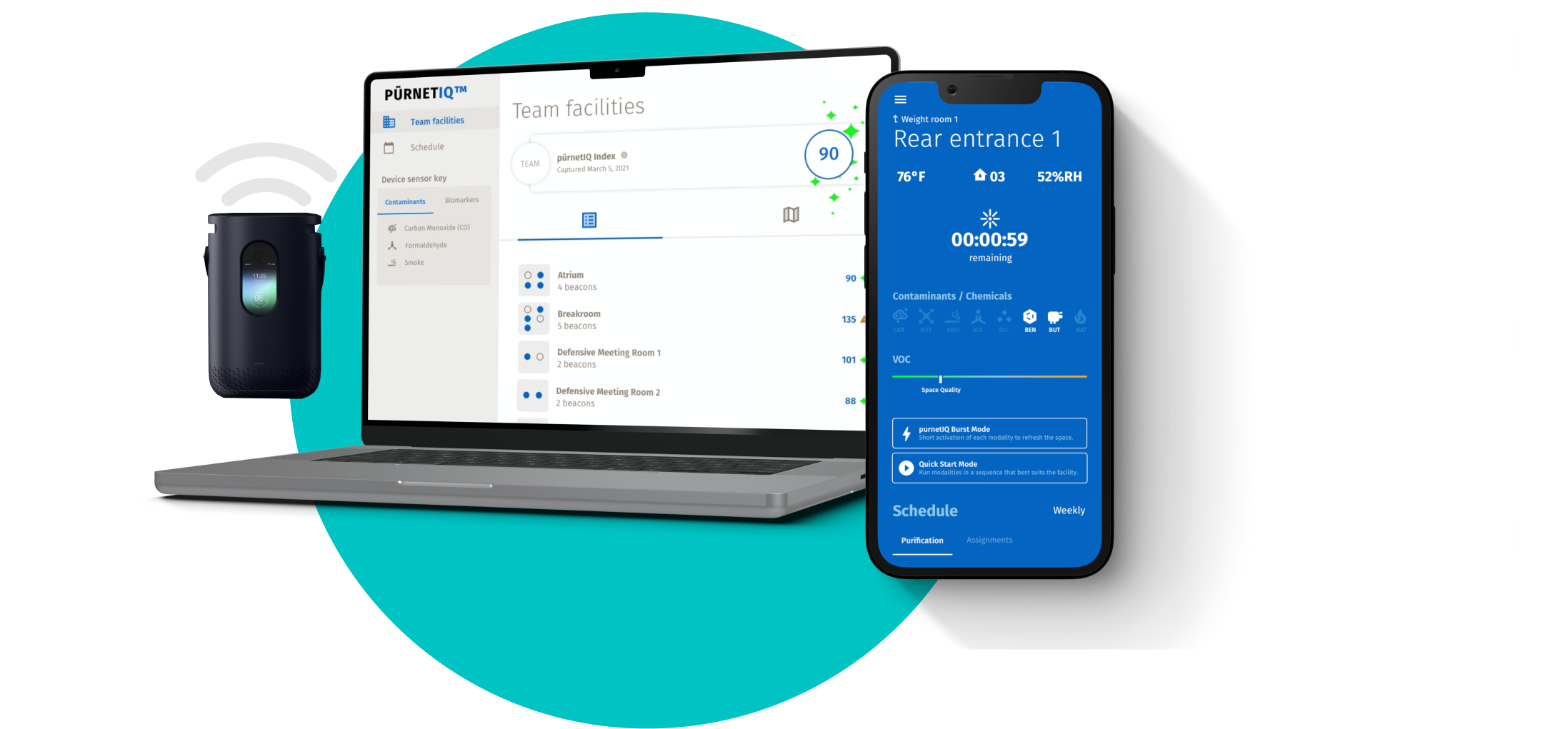
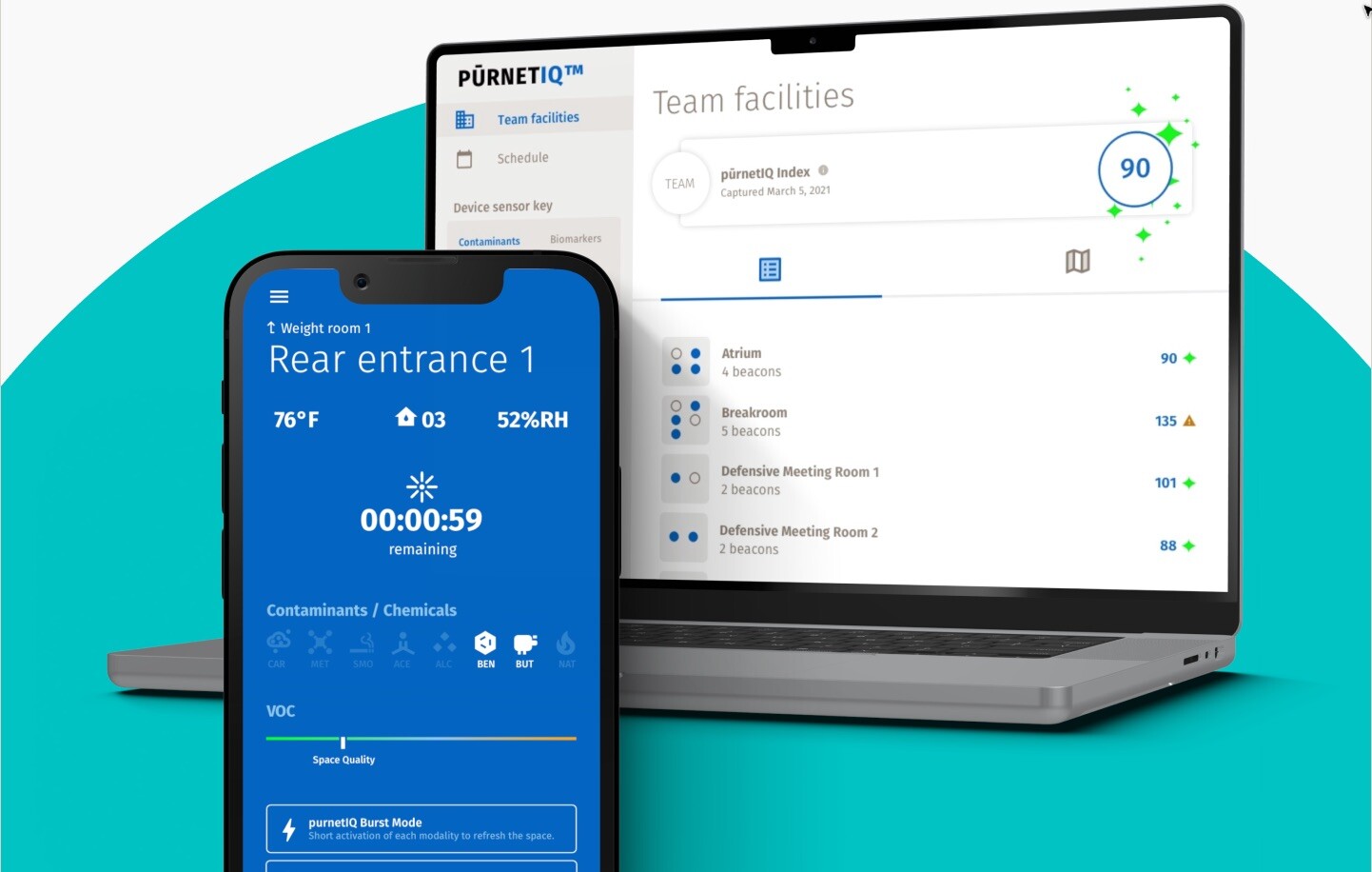
At-a-Glance
As Purtec’s software partner, Truefit worked closely with their hardware vendor, Breadworks, to integrate seamlessly with their innovative air purification device. We built a responsive web application to bring the product to market as quickly as possible. With a unique and insightful dashboard, scheduling, and history as the core features, Purtec was able to start its path to growth.
Delivering customer value that creates business impact
Desired business impact- Validate the technology in a B2B setting before expanding to B2C (retail)
- Onboard pro sports teams and major fitness franchises as early adopters
- Optimize the purification analytics engine to establish pūrtec baselines
- Purify commercial or personal space from a distance without a cleaning crew
- Schedule purification tasks that are repetitious and time consuming
- Manage multi-room or multi-sector spaces from a phone, tablet, or desktop
- Report sanitization practices accurately to global health organizations
Product Details
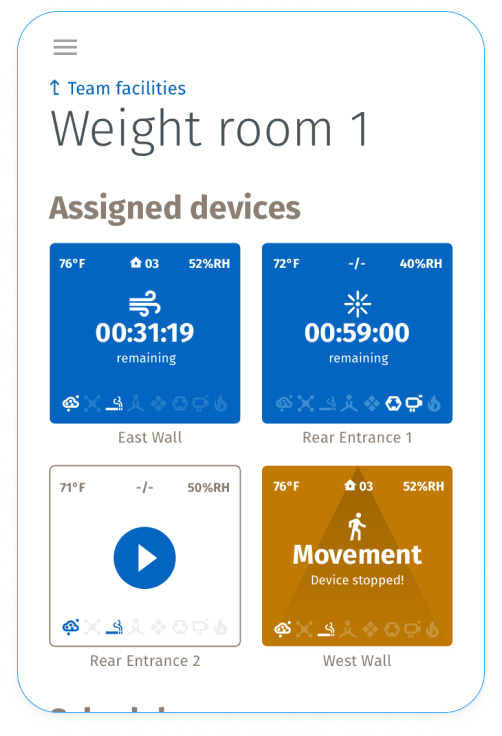
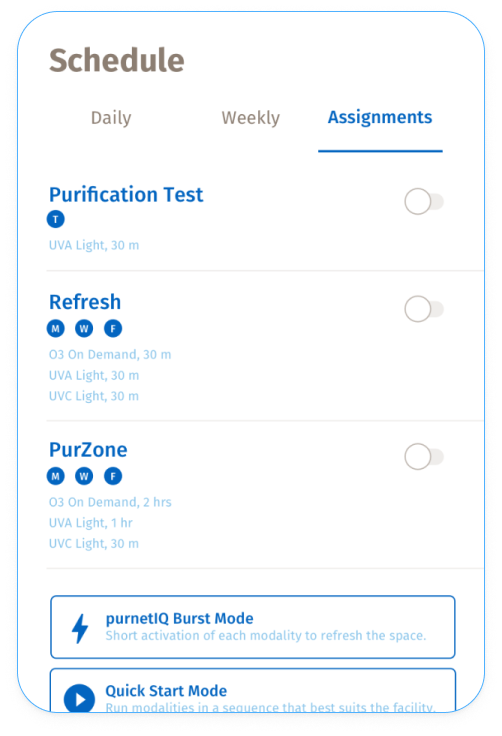
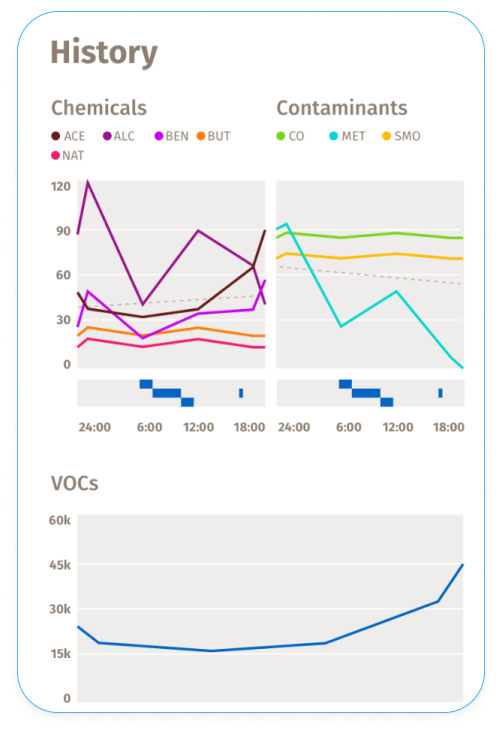
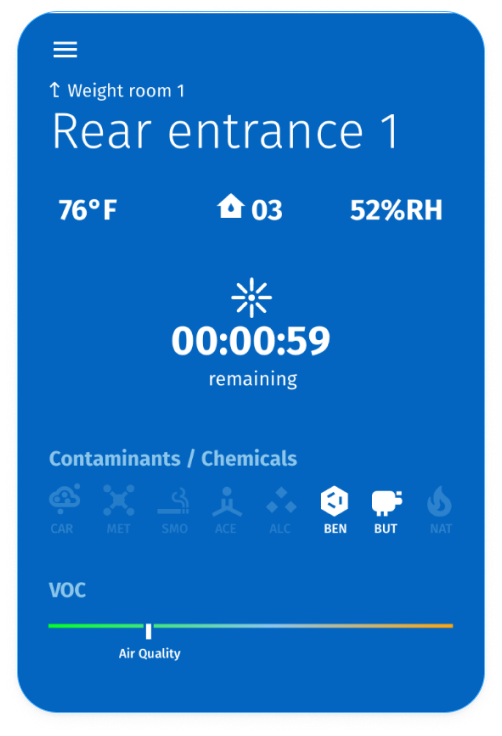
How we did it
Kickoff
We learned about their product vision, hardware capabilities, and tech requirements.
Understand user needs
We collected insights from different users about their needs, motivations, and pains associated with purifying large scale facilities and the growing mandates for healthy spaces.
Market research and problem framing
We took a look at the industry at large and created problem statements, engagement models, and journey maps to make sure we framed up the problem correctly.
Prototyping potential solutions
We built a design prototype to validate concepts with targeted users. In parallel, our developers built a proof of concept to ensure we can integrate with the hardware.
Release planning
We collaborated with our client to build a backlog and plan the build of the software in a way that met the quick go-to-market strategy.
System architecture
We defined the system architecture for communicating with the hardware through MQTT protocol.
Design foundations
We collaborated as a team to define information architecture, content models, and key workflows for key features. As design patterns started to emerge we explored visual UI style options that reinforced their brand.
Build, build, build!
We designed, coded, and tested on a weekly basis to get to an initial successful release.
Release!
Once the app was complete, we released to the client for final user acceptance testing. The web app has since gone through a few updates.